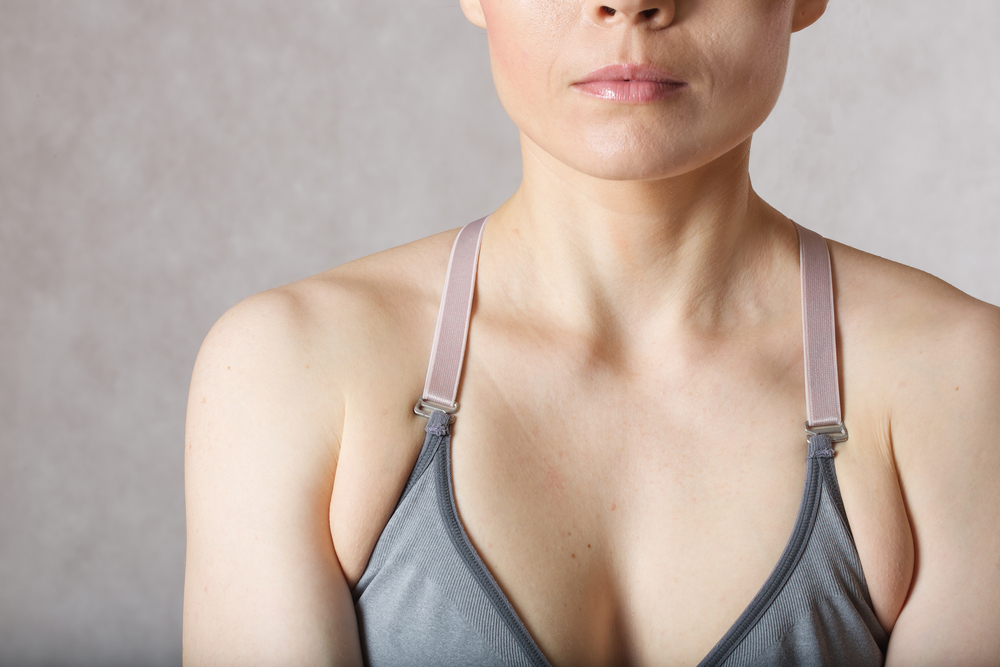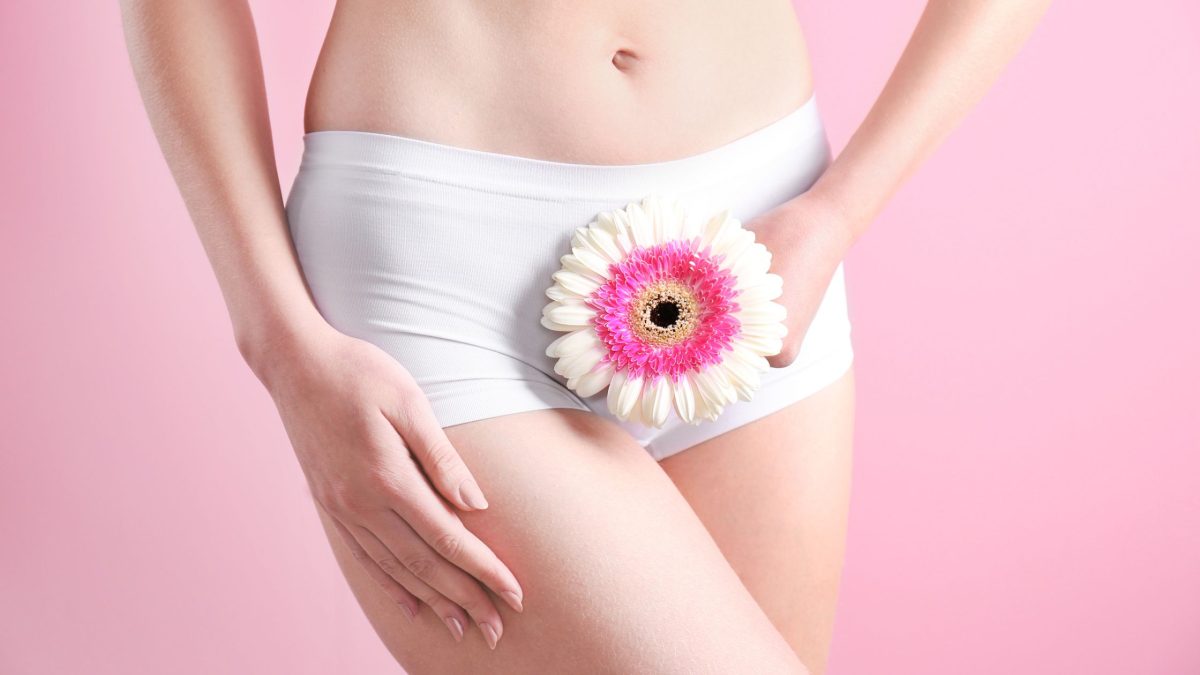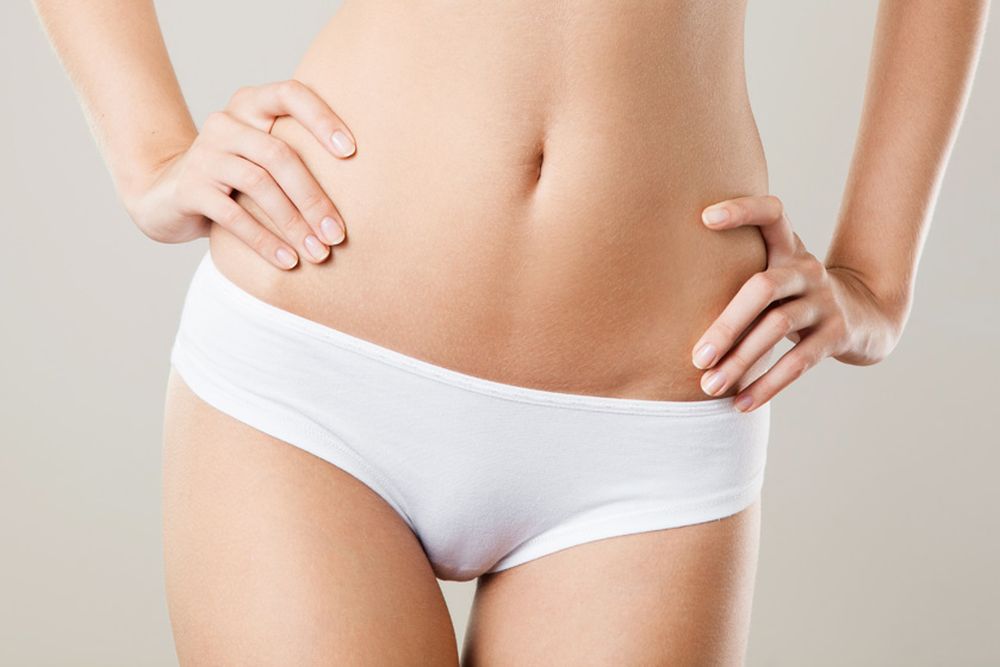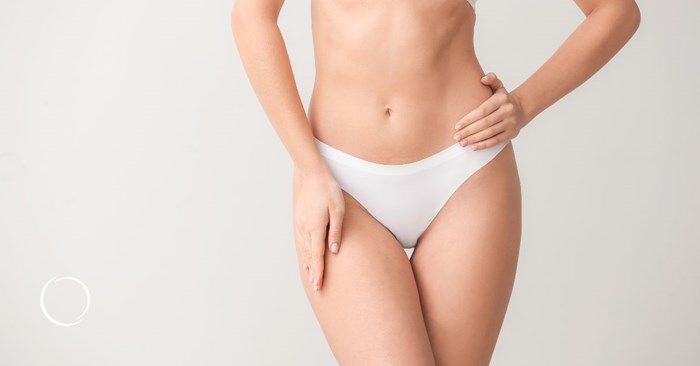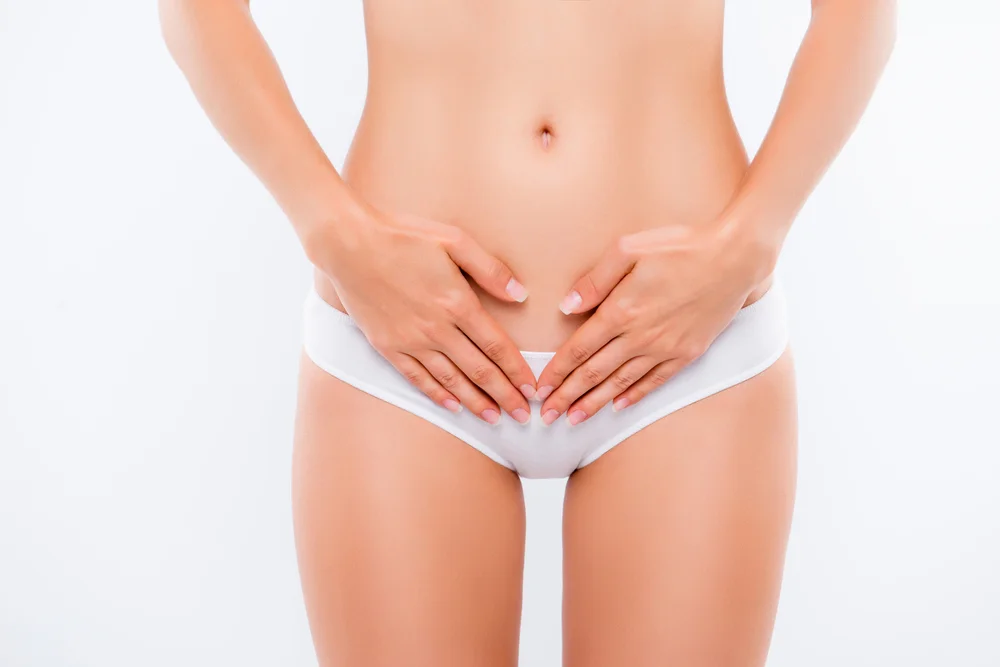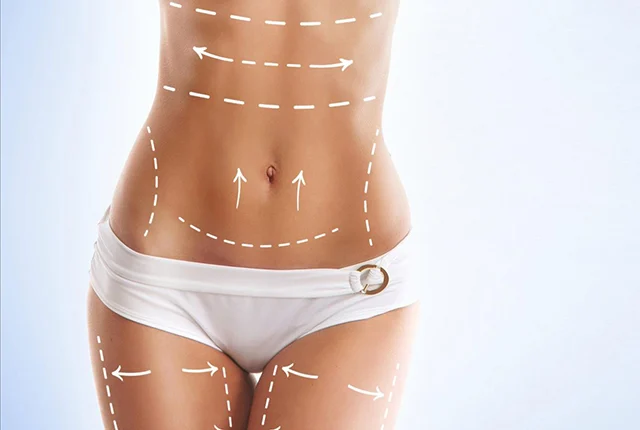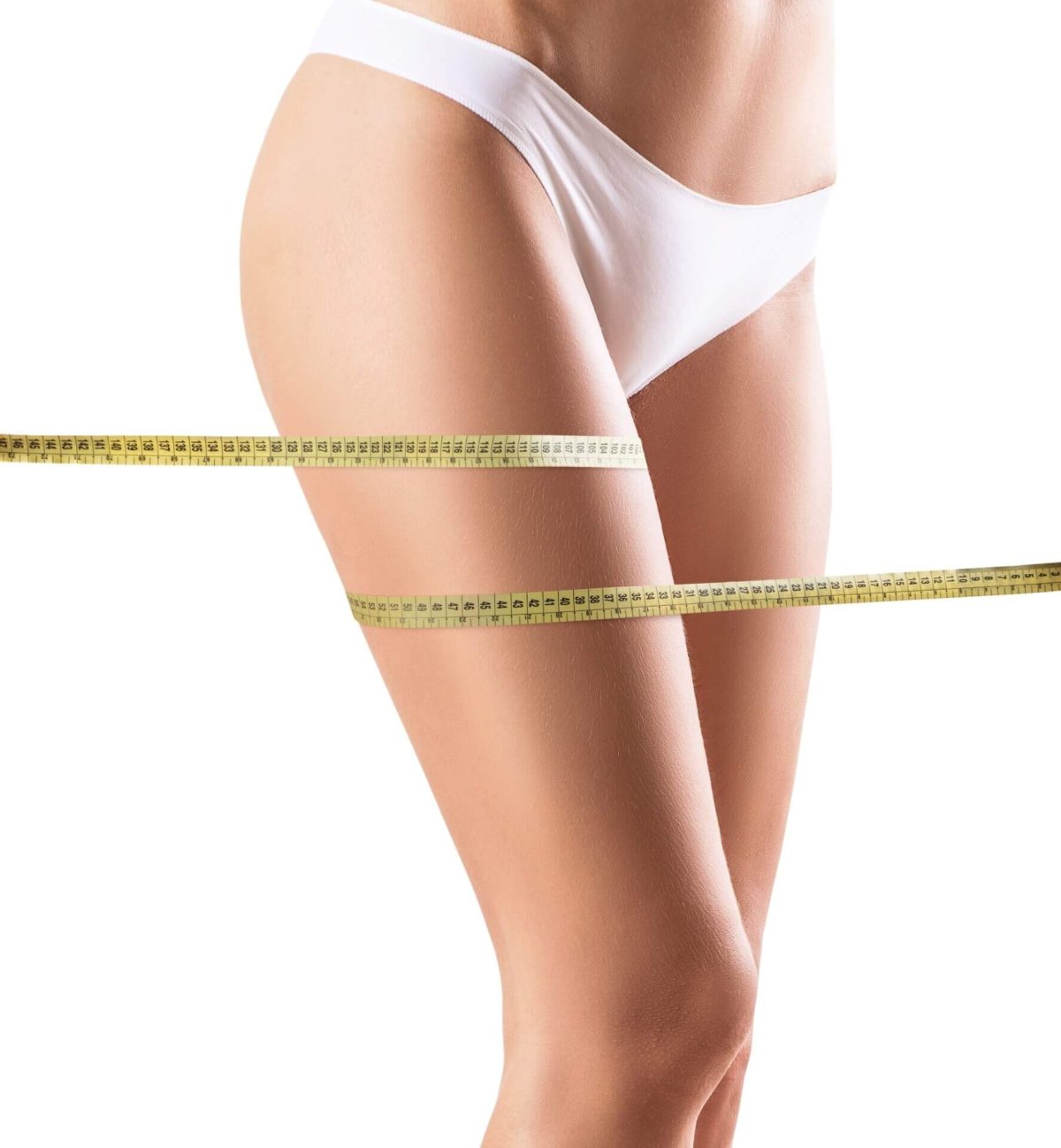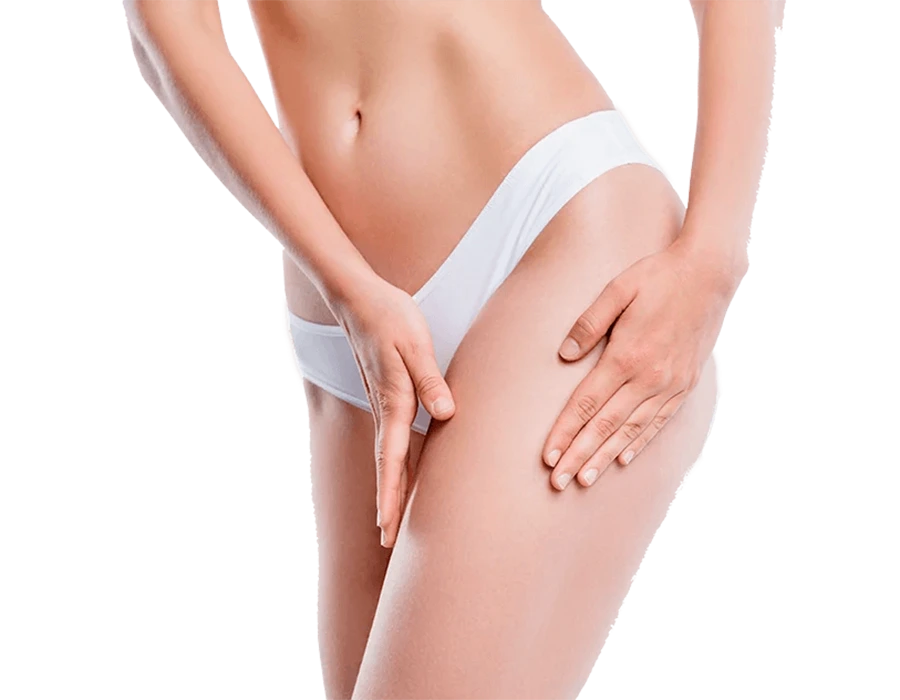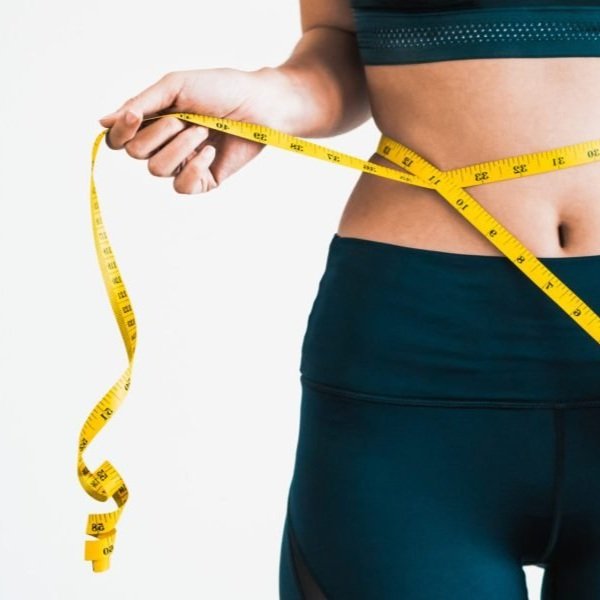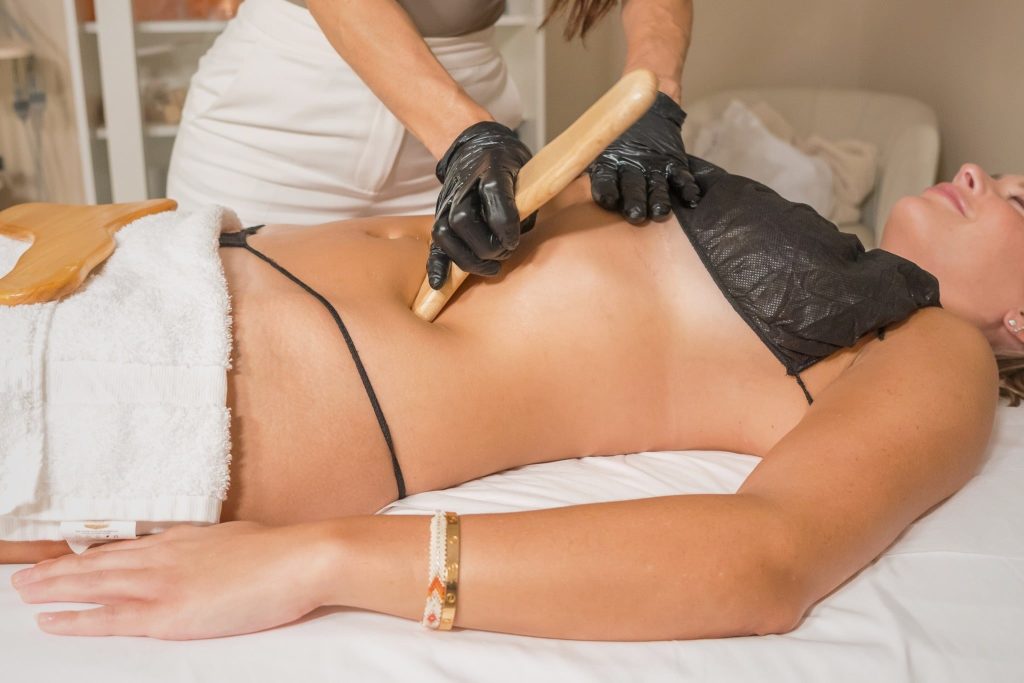Did you know that nearly 70% of adults struggle with stubborn belly fat, a fatty area often treated with abdominal liposuction surgery for effective liposuction and better abdominal liposuction results? Liposuction for belly pooch offers a popular solution for those looking to sculpt their midsection and remove pinchable fat, achieving desired fat removal results among various fat removal approaches. This abdominal liposuction surgery targets unwanted fat deposits, helping you achieve a flatter, more contoured abdomen and optimal abdominal liposuction results, including stomach liposuction. Many people seek this treatment for fat removal results to boost their confidence and enhance their overall appearance by targeting excess belly fat, including subcutaneous belly fat through stomach liposuction.
Liposuction is not just about aesthetics; it can also improve your quality of life by removing excess belly fat. Imagine fitting into your favorite clothes without the bulge. The results can be life-changing. If you’re tired of battling that pesky belly pooch, understanding liposuction might be your next step toward a new you.
Understanding Belly Fat Types
Subcutaneous Fat
Subcutaneous fat sits just beneath the skin. This type of belly fat is often what people see when they look in the mirror, leading some to consider stomach liposuction. It can be pinched and is commonly found around the tummy area, especially after stomach liposuction. Many individuals struggle with this unwanted belly fat.
Liposuction effectively targets subcutaneous fat. This procedure removes fat cells from specific areas, such as stomach liposuction and the belly. People often choose liposuction to achieve a flatter stomach. It can improve body contours and enhance self-esteem.
Visceral Fat
Visceral fat lies deeper within the abdomen. It surrounds vital organs like the liver and intestines. This type of abdominal fat, often referred to as stomach lipo, is harder to detect since it is not visible from the outside. High levels of visceral fat, often addressed by stomach lipo, can lead to serious health issues, including heart disease and diabetes.
Reducing visceral fat requires more than just cosmetic procedures like liposuction. A balanced diet plays a crucial role in managing this type of stomach lipo fat. Regular exercise is also essential for effective reduction.
Fat Cell Dynamics
Fat cells store energy in the form of fat. Both subcutaneous and visceral fats, including stomach lipo, consist of these cells but behave differently. Subcutaneous fat can be easier to lose through targeted procedures like liposuction. In contrast, visceral fat is more resistant to removal through such lipo methods.
People often find that stubborn belly fat remains despite dieting, exercising, or lipo. This resistance stems from how visceral fat, lipo, interacts with hormones and metabolism. Understanding these dynamics helps individuals set realistic goals for body fat reduction, lipo.
Targeting Belly Fat
To achieve a flat stomach, it’s important to address both types of belly fat effectively, including lipo. Liposuction focuses solely on removing subcutaneous fat. This means that while you may see immediate changes, lipo and visceral fat will still require lifestyle adjustments.
Combining liposuction with healthy habits leads to better results. Diet changes should include whole foods, lean proteins, and plenty of fruits and vegetables. Exercise routines should incorporate both cardio and strength training, along with lipo, to maximize benefits.
Summary
Understanding the difference between subcutaneous lipo and visceral fat is key. While liposuction can remove excess belly fat, it does not target visceral fat directly. A comprehensive approach that includes diet and exercise is necessary for overall health.
Effectiveness of Liposuction for Belly Pooch
Subcutaneous Fat Removal
Belly liposuction effectively targets subcutaneous fat. This is the fat located just under the skin. It often contributes to a protruding belly. Abdominal liposuction surgery can remove this fat, leading to a flatter stomach. Patients frequently notice significant changes in their body shape after the procedure.
Stomach liposuction offers results that many find satisfying. In a study from 2016, over 90% of patients reported satisfaction with their abdominal liposuction results. This shows that people see positive outcomes from the treatment. However, it’s crucial to understand that liposuction does not address visceral fat, which is deeper and linked to health risks.
Not a Weight Loss Solution
Many mistakenly believe that liposuction is a weight loss method. It is not intended for this purpose. Instead, it is designed for body contouring. The ideal candidates are those near their target weight but struggle with stubborn areas of fat.
Abdominal liposuction treatments focus on specific areas rather than overall weight reduction. A person may lose only a few pounds during the procedure. This small amount does not equate to significant weight loss.
Permanent Results with Maintenance
Results from belly lipo can be permanent if proper care is taken afterward. Maintaining a stable weight is essential for lasting effects. Gaining weight after the procedure can lead to new fat deposits in other areas. This may negate the benefits achieved through liposuction.
Patients should adopt healthy lifestyle choices post-surgery. Regular exercise and balanced diets help maintain results. Studies show that individuals who maintain their weight enjoy long-lasting effects from abdominal liposuction.
Procedure Overview
The procedure typically lasts one to two hours, depending on the extent of fat removal needed. Surgeons use local anesthesia or general anesthesia based on the case’s complexity. They make small incisions to insert a cannula, which sucks out the fat.
Recovery time varies among individuals, but most return to normal activities within a week or two. Swelling and bruising are common but usually subside within several weeks.
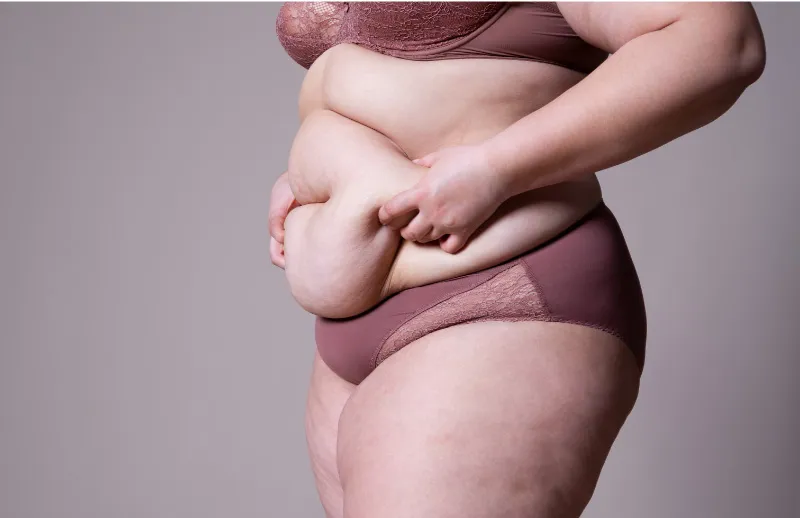
Procedure Details and Anesthesia Options
Local Anesthesia
Local anesthesia plays a key role in stomach liposuction. Surgeons use it to numb specific areas of the body. This allows patients to remain awake during the procedure. Lidocaine is a common local anesthetic used. It blocks pain signals, making the surgery more comfortable.
Surgeons often inject lidocaine directly into the treatment area. This minimizes discomfort during fat removal. Patients experience less pain compared to general anesthesia. Recovery tends to be quicker with local anesthesia as well.
Tumescent Method
The tumescent method is a popular technique for liposuction. Surgeons inject a solution containing lidocaine and epinephrine into the fatty tissue. Epinephrine helps constrict blood vessels. This reduces bleeding during the procedure.
This method has several benefits. First, it decreases pain significantly. The injected fluid numbs the area effectively. Second, it reduces swelling and bruising post-surgery. Many patients appreciate these outcomes.
Surgeons also find this method effective for fat extraction. The solution makes fat cells easier to remove. As a result, patients often achieve better contouring of their body.
Preference at Houston Lipo Center
Houston Lipo Center prefers the tumescent technique for belly pooch liposuction. Their surgeons are experienced in using this method. They understand its advantages for patient comfort and safety.
The center emphasizes patient care throughout the procedure. They ensure that each individual receives personalized attention. This focus on comfort leads to high satisfaction rates among clients.
Patients at Houston Lipo Center often report positive experiences. They note less pain and quicker recovery times compared to other methods. The combination of local anesthesia and the tumescent approach contributes to these results.
Surgeons at this center are skilled in various liposuction techniques. They tailor their approach based on each patient’s needs and preferences.
Understanding the details of the procedure can help potential patients feel more informed. Knowing about local anesthesia and the tumescent method can ease concerns about discomfort or recovery time.
In summary, local anesthesia and the tumescent technique are crucial in belly pooch liposuction. These options enhance patient comfort while ensuring effective fat removal.
Recovery Time and Aftercare
Typical Recovery Period
Patients typically experience a recovery time of about one to two weeks after liposuction. During this period, most individuals can return to light activities within a few days. However, more intense exercises should wait until at least four to six weeks post-surgery.
Swelling and bruising are common in the first few days. These effects usually peak around day three and gradually decrease over the next week. Full recovery may take several months, as the body continues to heal internally. Patients should keep this timeline in mind when planning their return to normal routines.
Importance of Aftercare Instructions
Following aftercare instructions is crucial for optimal healing. Surgeons provide guidelines that help reduce complications and improve results. Patients must wear compression garments as directed. These garments support the healing process and minimize swelling.
Maintaining a balanced diet is also essential. Proper nutrition aids in recovery and helps patients regain strength. Staying hydrated supports overall health and can influence healing times.
Patients should avoid smoking and alcohol during recovery. Both substances can hinder blood flow, leading to slower healing. Following these instructions can significantly affect the final outcome.
Potential Side Effects
Common side effects include swelling, bruising, and discomfort. Patients may also notice numbness or tingling in the treated area. These sensations often resolve within a few weeks but can last longer in some cases.
Managing pain is important for comfort during recovery. Over-the-counter pain relievers may be recommended by the surgeon. In some cases, prescribed medications might be necessary.
If any unusual symptoms arise, such as excessive swelling or signs of infection, patients should contact their healthcare provider immediately. Early intervention can prevent complications and ensure a smoother recovery.
Long-Term Results
The goal of liposuction is to achieve a flatter belly pooch and enhanced body contours. Achieving defined abs or a well-defined pack requires commitment beyond surgery. Maintaining a healthy lifestyle with regular exercise and proper nutrition is vital for long-lasting results.
Patients should remember that liposuction is not a quick fix for weight loss but rather a tool for contouring specific areas of the body. A focus on overall health will yield better outcomes in the long run.
Managing Loose Skin Post-Liposuction
Age Impact
Age plays a significant role in skin elasticity. As people grow older, skin loses its natural firmness. This is due to decreased collagen production and slower skin regeneration. With age, the likelihood of skin laxity increases after procedures like stomach liposuction. Younger individuals often experience better skin retraction than older patients.
Skin’s ability to bounce back varies among individuals. Genetic factors also influence how well skin adapts post-surgery. For some, this can lead to noticeable loose skin after fat removal surgery. Understanding these factors helps set realistic expectations for recovery.
SmartLipo Method
SmartLipo is an advanced technique that can help tighten loose skin after fat removal treatment. It uses laser technology to melt fat and stimulate collagen production. This method promotes tighter skin in the treated area. Many patients prefer SmartLipo because it causes less bruising compared to traditional methods.
This procedure targets subcutaneous fat effectively while also enhancing skin elasticity. Patients often notice improvements in their waist area after undergoing SmartLipo. The results can be more pronounced for those with good skin elasticity before surgery.
Tummy Tuck Necessity
A tummy tuck may be necessary for individuals with significant skin laxity after liposuction. While liposuction removes unwanted body fats, it does not always address excess skin. If there is considerable loose skin or sagging, a tummy tuck can provide a more comprehensive solution.
This surgical option involves removing excess skin and tightening the abdominal muscles. Candidates typically include those who have lost substantial weight or women post-pregnancy. A tummy tuck can create a flatter appearance and improve overall body contour.
It’s essential to consult with a qualified surgeon to determine the best approach for each individual case. They will assess the degree of fatty tissue remaining and the condition of the skin before recommending a treatment plan.
Potential for Weight Gain After Liposuction
Weight Gain Risks
Liposuction results can be impressive. Many people see a reduction in excess fat and improved body contours. However, it is crucial to understand that liposuction does not prevent future weight gain. The procedure removes fat deposits from specific areas but does not change the body’s overall ability to gain weight.
After liposuction, some individuals may mistakenly believe they can indulge in unhealthy eating habits. This mindset can lead to an increase in fatty deposits in other areas of the body. If weight is gained after the procedure, the distribution of fat changes. Instead of accumulating in the treated area, new fat may settle in different regions. This can lead to an uneven appearance, which might be disappointing for those expecting permanent results.
Fat Distribution Changes
Weight gain affects everyone differently. After liposuction, some people may notice more fat accumulating around their abdomen or thighs. Others may find that their arms or face become fuller. This change occurs because the body adapts to the loss of fat in one area by redistributing it elsewhere.
Studies show that individuals who gain weight after liposuction often do not regain fat in the same amounts as before. For example, a person who previously had a belly pooch may find that they develop more fat around their hips instead. This shift can create new challenges for maintaining a desired body shape.
Maintaining a Healthy Lifestyle
To achieve long-lasting fat reduction, adopting a healthy lifestyle is essential. Regular exercise plays a significant role in weight management. Engaging in weight training helps build muscle and boosts metabolism. A combination of aerobic exercises and strength training can prevent excess fat accumulation.
Eating a balanced diet also contributes to maintaining results. Focusing on whole foods, such as fruits, vegetables, lean proteins, and whole grains, supports overall health. Avoiding processed foods and sugary drinks reduces the risk of gaining back unwanted weight.
Setting realistic goals is important too. Many people expect to maintain their new shape effortlessly after liposuction. Understanding that effort is required for lasting results can help manage expectations.
Realistic Expectations and Results
Understanding Results
People often seek liposuction to target stubborn fat. The results can vary based on individual factors. Many expect immediate and dramatic changes. However, it’s important to understand that liposuction primarily improves body contour. It does not guarantee a flat stomach or six-pack abs.
Liposuction removes fat cells from specific areas. Yet, it does not prevent future weight gain. Those who do not maintain a healthy lifestyle may still struggle with their belly pooch later on.
Risks Involved
Like any surgical procedure, liposuction carries risks. Potential complications include infection, scarring, and fluid accumulation. Some people may experience changes in skin elasticity after the procedure. This can lead to loose skin in the treated areas.
Discussing these risks with a qualified surgeon is essential. They can provide tailored advice based on individual health conditions. Understanding these potential issues helps set realistic expectations.
Importance of Exercise
After liposuction, many believe they can skip exercise. This is a common misconception. To achieve defined abs, additional exercise and proper diet are crucial. Liposuction alone cannot create muscle definition or tone.
Regular workouts help strengthen abdominal muscles. A combination of cardio and strength training is effective for overall body fitness. People should commit to a balanced routine for lasting results.
Lifestyle Changes
Maintaining results requires lifestyle changes. Those who invest time in their health will see better outcomes. Healthy eating habits play a significant role in maintaining a flat belly.
Incorporating more fruits, vegetables, and lean proteins can help manage weight. Drinking plenty of water also aids in recovery and overall health.
Visualizing Results
Before committing to surgery, looking at photos of past procedures can be helpful. Many clinics provide galleries of before-and-after images. Observing these results allows individuals to gauge what’s possible.
e patients also find it beneficial to watch videos about the procedure and recovery process. These resources provide insight into what to expect during the journey.
Who Is a Suitable Candidate
Ideal Characteristics
Candidates for belly liposuction should have specific characteristics. They often have localized fat deposits that do not respond well to diet or exercise. Many people struggle with a stomach pooch despite maintaining a healthy lifestyle. This procedure is not meant for significant weight loss but for contouring the body.
eone considering this surgery should be at or near their ideal weight. A stable weight is crucial because significant fluctuations can affect results. Ideal candidates also have good skin elasticity, which helps achieve better outcomes after surgery.
Health Considerations
Good overall health is essential for anyone looking to undergo liposuction. Candidates should not have any serious medical conditions that could complicate the surgery. Conditions like diabetes, heart disease, or bleeding disorders may pose risks during and after the procedure.
Surgeons often require candidates to undergo a thorough medical evaluation before proceeding. This evaluation helps ensure that the person can safely undergo anesthesia and recover well.
Realistic Expectations
Having realistic expectations about the results is vital. Candidates should understand what liposuction can and cannot achieve. It is important to note that this procedure does not eliminate cellulite or stretch marks.
Many individuals think of liposuction as a quick fix. However, it is not a substitute for a healthy lifestyle. Candidates must commit to maintaining their weight after the procedure for lasting results.
Psychological Readiness
Psychological readiness plays a role in determining suitability. Candidates should feel confident in their decision and understand the recovery process. Emotional stability can influence how one perceives their results post-surgery.
Surgeons often discuss these aspects during consultations. They want to ensure candidates are mentally prepared for the changes that come with the procedure.
Lifestyle Factors
Lifestyle factors also contribute to candidacy for belly liposuction. Individuals who smoke may face complications during recovery. Quitting smoking weeks before the surgery can improve healing.
Regular exercise and a balanced diet play an essential role in achieving desired outcomes. Candidates who maintain a healthy lifestyle are more likely to enjoy long-lasting results from liposuction.
Combining Liposuction with Other Procedures
Tummy Tuck Benefits
Liposuction procedures often work well with a tummy tuck. This combination can improve body contour significantly. A tummy tuck removes excess skin and tightens the abdominal muscles. Liposuction focuses on fat removal in specific areas like the belly pooch.
Patients may notice a flatter stomach after this combined approach. The results can enhance overall body shape, making clothing fit better. Many people find that they feel more confident after these procedures.
SmartLipo Advantage
SmartLipo is a newer technique that complements traditional liposuction. It uses laser technology to break down fat cells before removal. This method offers less downtime compared to standard liposuction.
SmartLipo can target smaller areas with precision. Patients often experience fewer side effects and quicker recovery times. Combining SmartLipo with traditional lipo procedures can yield smoother results. The two methods together can help sculpt the body more effectively.
Other Cosmetic Enhancements
Several other cosmetic procedures can enhance the results of liposuction. For instance, body contouring treatments like CoolSculpting are popular options. This non-invasive method freezes fat cells, offering another way to reduce stubborn fat.
Injectable fillers and Botox can also complement liposuction results. They help improve facial aesthetics while focusing on body shaping. Combining these treatments can provide a more balanced overall appearance.
Another option is combining liposuction with skin tightening techniques. Radiofrequency treatments or ultrasound therapy can tighten loose skin post-liposuction. These methods promote skin elasticity, enhancing the overall result.
Common Misconceptions
Many common liposuction misconceptions exist, leading to confusion about its effectiveness. Some believe that liposuction is a weight-loss solution; however, it primarily targets fat removal, not weight loss. Others think it eliminates cellulite, but it does not address skin texture issues.
Understanding what liposuction can and cannot do is crucial for potential candidates. Consulting with qualified professionals helps clarify expectations and outcomes.
Health Considerations
Health is an essential factor when considering any procedure, including liposuction. Patients should discuss their medical history and any underlying conditions with their doctors. This conversation ensures safety during the lipo procedure.
Combining procedures may increase risks, so it’s vital to assess each case individually. Proper planning and consultation lead to better outcomes and satisfaction.
Pensamientos Finales
Liposuction can be a game changer for tackling that stubborn belly pooch. You’ve learned about the types of belly fat, the effectiveness of the procedure, and what to expect during recovery. Understanding these aspects helps you make informed decisions about your body and health.
If you’re considering liposuction, ensure you consult with a qualified professional who understands your goals. This journey is about feeling confident in your skin. Don’t hesitate to explore your options. The right choice can lead to amazing results. Take the first step today toward a flatter belly and enhanced self-esteem!
Frequently Asked Questions
What is belly pooch?
Belly pooch refers to excess fat or skin around the lower abdomen. It’s a common concern for many individuals, often resulting from genetics, weight fluctuations, or hormonal changes.
How effective is liposuction for reducing belly pooch?
Liposuction effectively removes stubborn fat pockets, including the belly pooch. However, it’s not a weight-loss solution and works best for contouring.
What types of anesthesia are used during the procedure?
Liposuction can be performed under local anesthesia, sedation, or general anesthesia. The choice depends on the extent of the procedure and patient preference.
How long does recovery take after liposuction?
Most patients can return to normal activities within one to two weeks. Full recovery may take several weeks as swelling subsides and results become visible.
Will I have loose skin after liposuction?
e patients experience loose skin post-liposuction. Factors such as age and skin elasticity play a role. Consult your surgeon about skin tightening options if needed.
Can I gain weight after liposuction?
Yes, weight gain is possible if lifestyle habits do not change post-procedure. Liposuction removes fat cells but does not prevent new fat from forming in remaining cells.
Who should consider liposuction for belly pooch?
Ideal candidates are near their target weight, have good skin elasticity, and seek specific body contouring rather than significant weight loss. A consultation with a qualified surgeon is essential.





